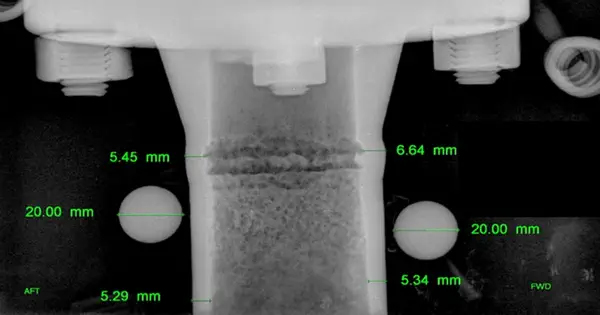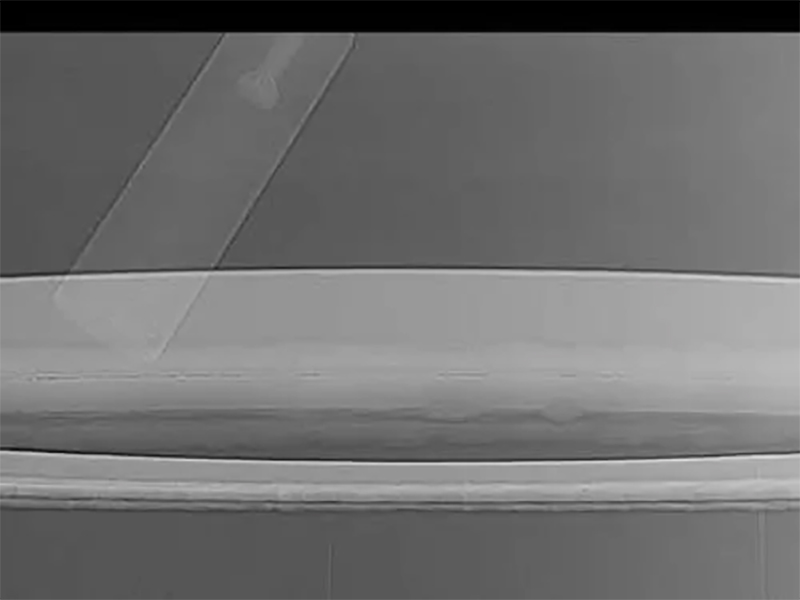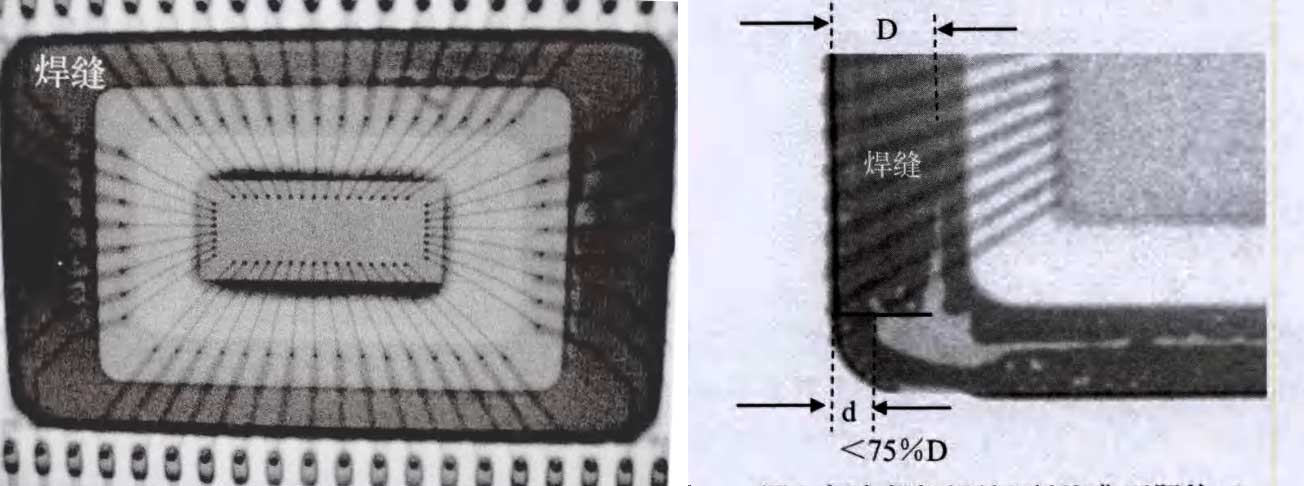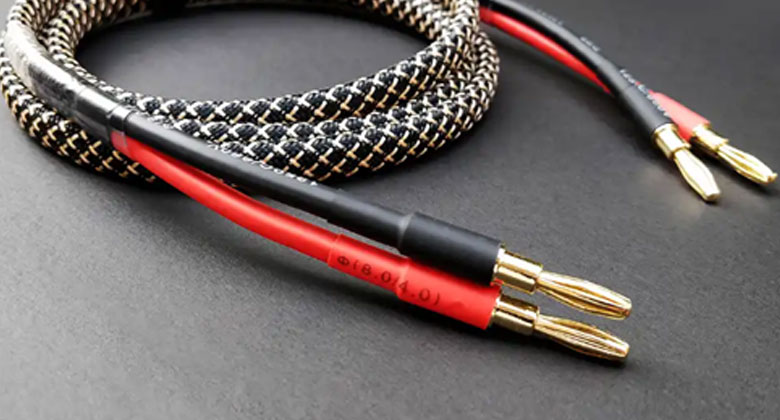X-ray non-destructive testing of metal welding, efficient quality inspection
Source:H.F.XRelease time:2025-08-29 23:32:51
The X-ray metal welding detection technology that complies with ISO 17636-2 standard achieves efficient quality inspection with a resolution of 55 microns and a signal-to-noise ratio of 148. X-ray digital inspection system suitable for pipeline connectors, pressure vessels, and thick walled materials made of superalloys.
Breakthrough progress in X-ray detection technology for metal welding
In the field of metal welding quality inspection, high sensitivity and high resolution are the core requirements to ensure the reliability of precision
welding. Huafei's new X-ray detection equipment based on advanced detection technology provides the industry with more efficient and accurate
industrial non-destructive testing (NDT) solutions.
Analysis of Technical Advantages
1. Ultra high definition imaging capability
Taking the detection of a certain welding sample as an example, the equipment can still achieve a clear presentation of the microstructure of the weld
seam (such as porosity, lack of fusion, and other defects) even at a resolution of 55 microns. For a sample with a thickness of 8.3 millimeters, the
measured signal-to-noise ratio (SNRm) is as high as 148, significantly better than ordinary imaging devices on the market.
2. Rapid detection of thick walled materials
Even when faced with modern superalloys and other highly absorbent thick walled materials, the detection time is only a fraction of conventional
techniques. Through fully digital pixel design (with energy discriminator and counter integrated into each pixel), the device can achieve almost noise
free particle counting, significantly reducing detection time.
3. Compliant with international standard certification
The equipment meets the imaging quality requirements of ISO 17636-2 Class B and is suitable for integrating digital radiographic inspection systems in
harsh fields such as aerospace and energy pipelines.
4. Flexible working mode
-Frame mode: suitable for high-precision imaging of static objects
-TDI mode (time delay integration): seamless splicing of "ultra long images" can be generated during dynamic scanning, especially suitable for
continuous detection scenarios on production lines.
Industry application scenarios
-Pipeline quality inspection: Breaking through the imaging limitations of traditional X-ray equipment on high-density materials, accurately identifying
weld cracks and inclusions
-Pressure vessel safety inspection: locate potential structural defects through high signal-to-noise ratio imaging to reduce equipment operation risks
-Manufacturing of Superalloy Components: Rapid Inspection of Welding Quality for Aircraft Engine Components with Thicknesses of Several Decades
of Millimeters
Technological upgrade value
By adopting such advanced X-ray detection equipment, enterprises can increase quality inspection efficiency by 3-5 times while reducing rework costs
caused by missed inspections. Its modular design can also be compatible with existing industrial radiation systems, achieving a smooth upgrade of
the detection process.
Note: Technical parameters are based on measured data from standard samples, and actual testing results may vary slightly due to material thickness
and environmental conditions.

Pipeline connector X-RAY corrosion detection, the green value represents the remaining wall thickness of the pipeline, and corrosion can be seen in the dark area of the pipeline center

2D inspection of welds

Digital radiographic imaging of welds shows void defects

Comparison diagram of weld inspection for alloy solder sealing cap
Previous article:None
Next article:X-ray non-destructive testing equipment for castings: precise identification of porosity and crack defects










